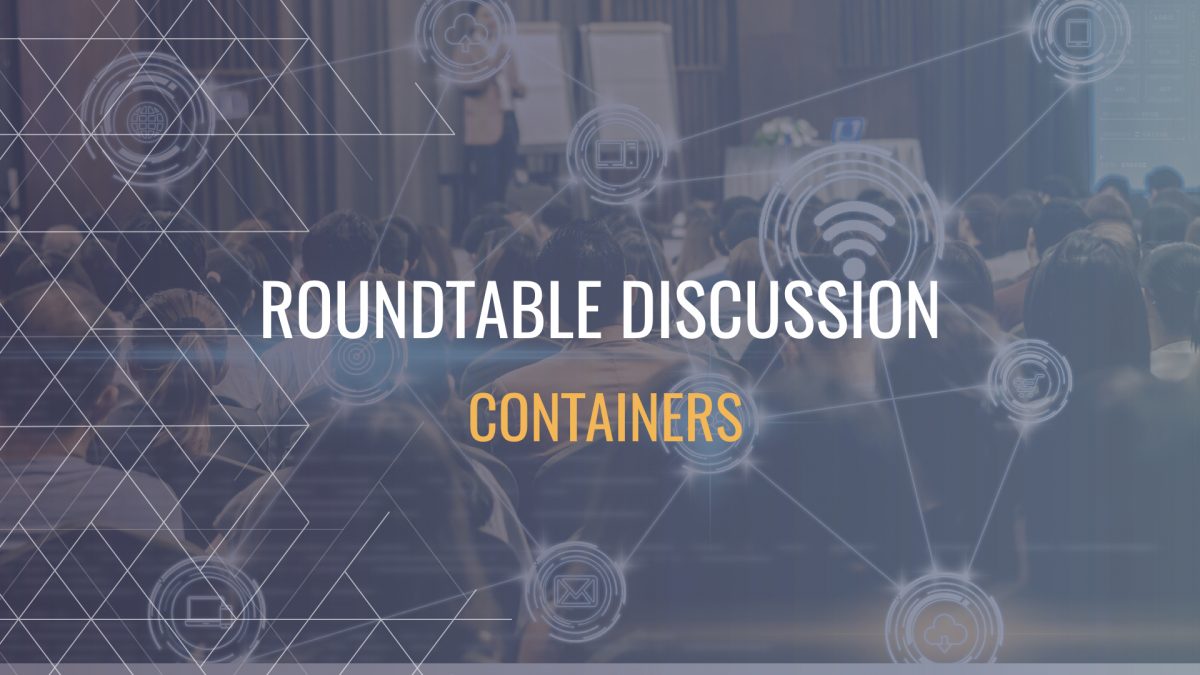Container-based virtualization enables programmers to easily and reliably move their software from one computing environment to another. With roots dating back to the practice of partitioning in the 1960’s, application containerization has become more and more prolific since one of the first services, Docker appeared on the scene. Now, companies are using systems like Kubernetes, Mesos and Swarm to manage- or “orchestrate”- their containers.
This spring, CMG hosted a virtual roundtable where 4 technologists gathered to talk about their own experiences with containers, potential applications, and problem solving.
In what capacity are you using containers and container management systems? And which ones are you using?
[Jai Padmanabhan, Wayfair]
We use the Docker container runtime platform, and that’s become the standard within the company. And then we use Kubernetes for orchestration both on-prem in our private data centers, as well as in the public cloud. We use Google cloud and so we are planning to use GKE as the Google Kubernetes engine to orchestrate our container apps in the cloud.
The initial effort is to enable teams that have micro-services or restful endpoints to containerize those sorts of applications, so they are easier to scale, manage and test. We also have a monolithic piece of code that is going to take a longer time to containerize and so these either need to be broken down, or some other mechanism needs to be investigated so we can containerize those applications. But, again, Docker does remain our runtime environment.
[Eby Jacob, Cognizant Worldwide Limited]
One of my larger projects is with a credit card company that is orchestrating their Docker containers in Cloud Foundry and its entirely an on-prem deployment. We do not have anything on the cloud and are using Ubuntu servers.
Members: Login to View More







